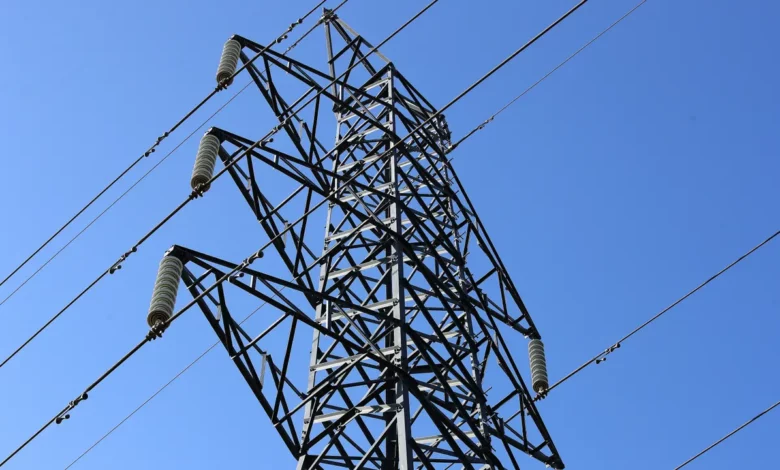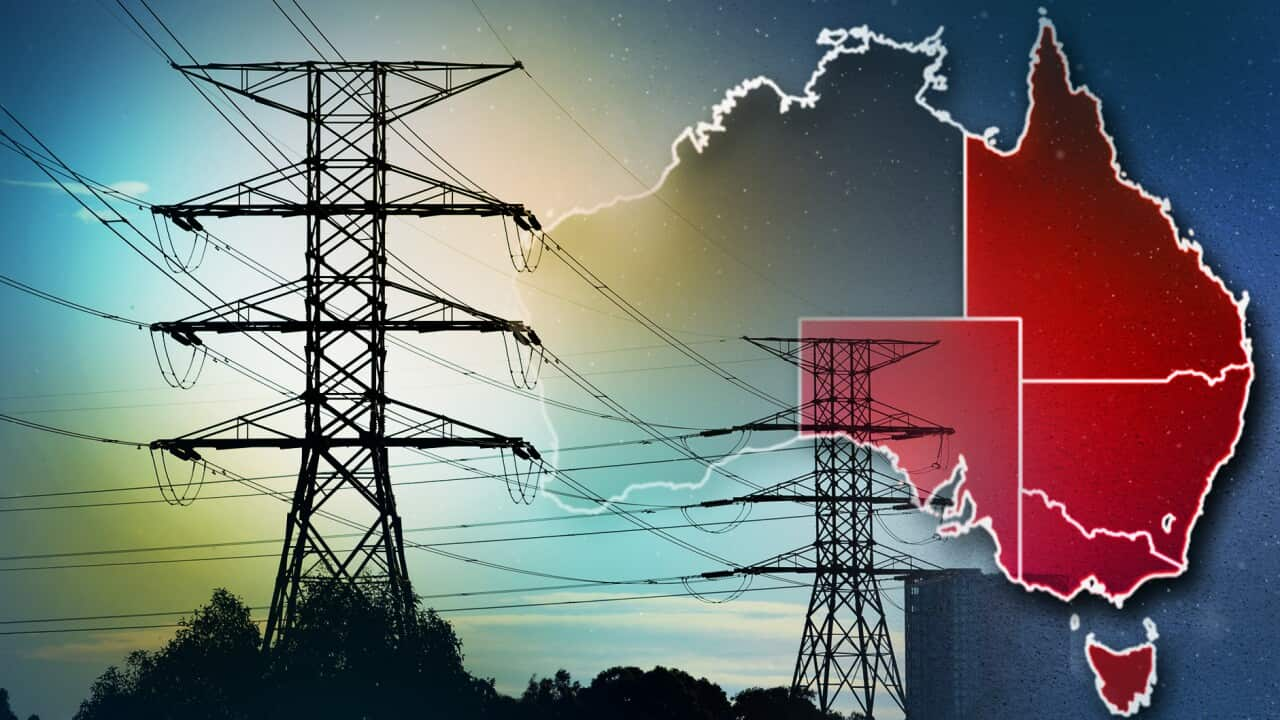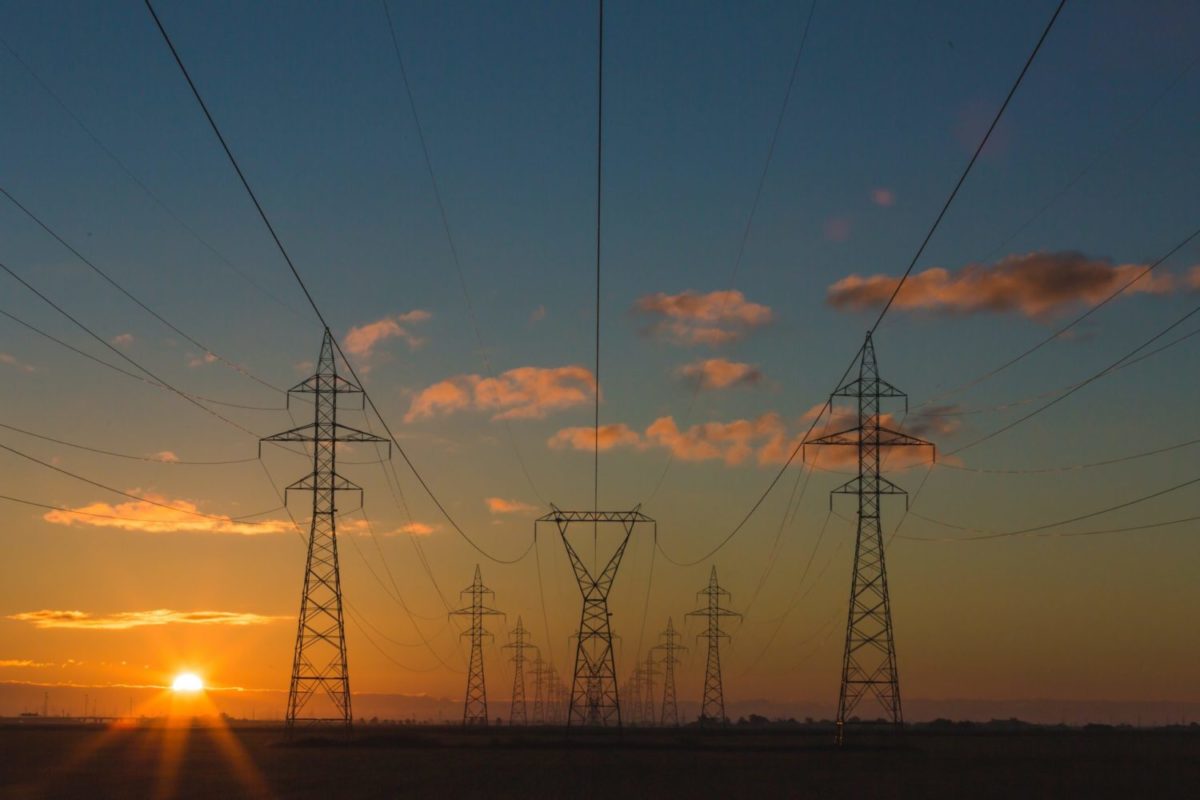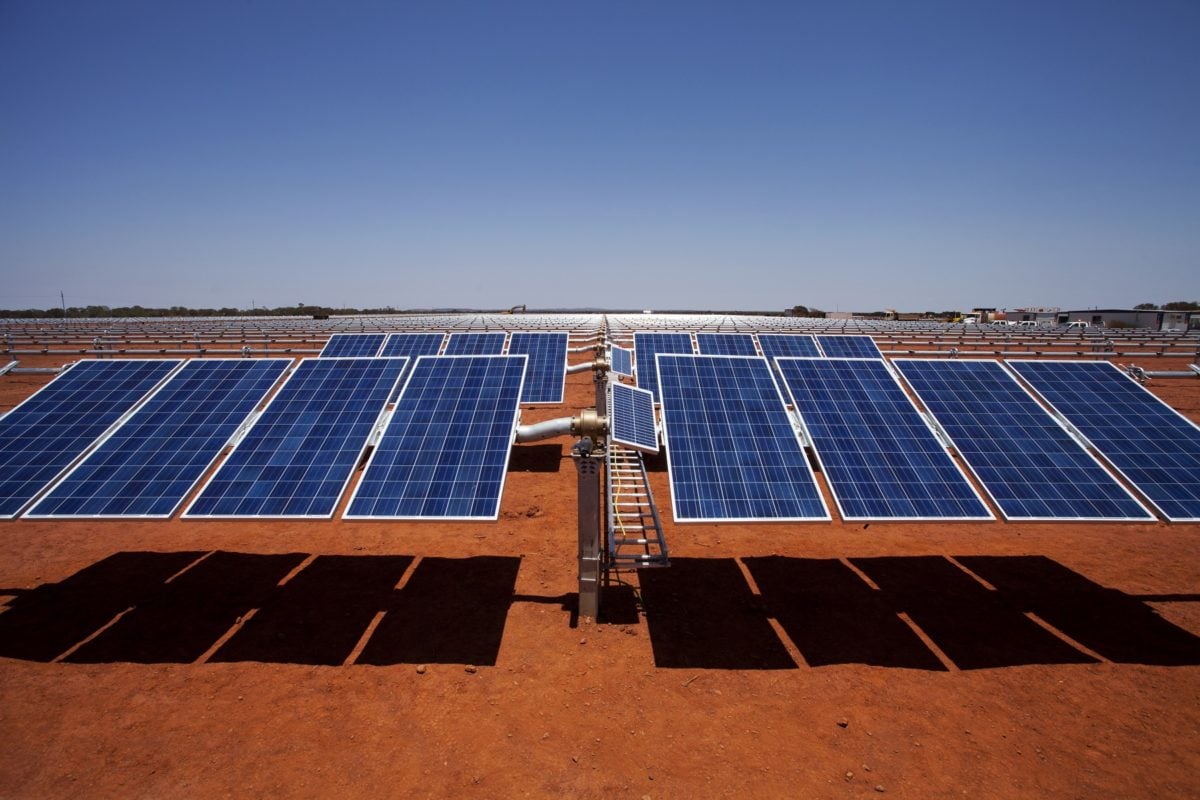What India can learn from Australia’s suspension of spot electricity trading

What India can learn from Australia’s suspension of spot electricity trading
In a crisis, a system or framework’s robustness is shown. When things are going well, no concerns are posed, but doubts start to be voiced as the system begins to falter under strain. The recent suspension of Australia’s spot market for trading energy exposed the flaws of such a structure.
Australian Energy Market Operator (AEMO) was obliged to make this dramatic decision due to a series of circumstances contributing to Australia’s energy crisis. All five areas of the National Electricity Market—New South Wales, Queensland, South Australia, Tasmania, and Victoria—suspended the spot market.
- Making of a Crisis

What circumstances, then, contributed to the spot market’s suspension as it is the continent’s primary source of electricity? First and foremost, costS of electricity generation increased due to rising coal and gas prices brought on by Russia’s invasion of Ukraine. Because of maintenance and the abrupt exit of 3 GW of power, coal-based power plants’ unavailability increased the cost because of unscheduled outages.
Supply-side challenges were made worse by inadequate output from solar and wind-based power facilities. On the other hand, there was a strong need for power because of the cold winters in the southern hemisphere. As a pricing safety net, AEMO initially attempted to control the issue by establishing a price ceiling of $300/MWh (about Rs. 16.40/unit), which was considerably lower than the standard maximum of $15,100/MWh (around Rs. 825/unit).
The $300/MWh price cap was less than what it would have cost to generate electricity from gas and coal-fired power plants. According to the statement, the operator was compelled to use direct market intervention on Tuesday to force plants to supply 5 gigawatts of power.
According to the statement, AEMO would evaluate the suspension of spot markets daily and implement a suspension price plan that had previously agreed upon to cover each of its areas.
- Lessons for India

Power purchase agreements, which are often bilateral and last two decades or longer between power providers and state energy boards, govern most of the Indian electricity market. Spot trading is starting to take off with the introduction of power exchanges, with 6-7% of the country’s annual power generation already traded on these bourses.
In reality, the Draft National Electricity Policy predicts that spot trading would account for 25% of all electricity supply in a few years, with bilateral agreements making up the remaining 50–60%. This is because any long-term contractual obligations currently constrain neither producers nor utilities and both are seeking greater flexibility and adopting a dynamic approach to power requirements. Additionally, utilities will need that flexibility to switch to cleaner energy sources due to the increased percentage of renewables.
Thus, it is crucial that, even as the market drives power exchange volume increases and the price of energy, there be sufficient checks and balances to prevent a crisis like the one in Australia.
One is that spot trading should go hand in hand with creating capacity markets for various generations, particularly those with fast ramp-up/ramp-down capabilities to respond swiftly to any unforeseen spike or decline in demand. A balanced and healthy mix of conventional and non-conventional sources should be encouraged, and traditional generation sources should not be overlooked.
It’s crucial to note that prices shouldn’t be restricted on exchanges if doing so increases volume in the electricity market. When there is a power deficit, restricting electricity rates may backfire, as in Australia. We might thus consider strategies like upliftment fees, common in the PJM Market, to bring in tiny amounts of expensive energy. A price stabilization fund that may be established through socialization can be used to cover this expense.
There will be contemporary challenges as the Indian power sector prepares for its upcoming era of enormous expansion. The abrupt climatic shift will also have significant effects. We urgently need to develop a robust institutional framework that won’t fail in the face of any unanticipated circumstance.
The spot market for electricity in Australia has been suspended to ensure the supply.

- After pricing limits, the operator claims several facilities have restricted production.
- There shouldn’t be any blackouts throughout the country: Minister of energy.
To solve an electricity shortage made worse by some facilities delaying supplies after implementing price controls, Australia’s primary power market paused spot trading.
According to the Australian Energy Market Operator, the decision to intervene was made due to certain producers’ failure to comply with demands to reopen closed units and support adding extra supply to the nation’s primary grid.
Australia’s electrical network has been severely strained due to outages at coal-fired power facilities, decreased renewable supply, and a cold spell. This has led to warnings about potential disruptions and prompted authorities to regulate pricing.
Chris Bowen, Australia’s minister for energy and climate change, told reporters in Gladstone, Queensland, on Wednesday, “We have been able to avoid so far any big load shedding events or, of course, any blackouts.” That most likely will remain the situation.
The National Electricity Market of Australia, which connects New South Wales, the Australian Capital Territory, Queensland, South Australia, Victoria, and Tasmania, is run by AEMO and provides around 80% of the nation’s energy needs.
According to AEMO Chief Executive Officer Daniel Westerman, “the best method to secure a dependable supply of power for Australian homes and companies in the current scenario is to suspend the market.” “The recent events have presented difficulties for the whole energy business.”
According to the statement, the operator was compelled to use direct market intervention on Tuesday to force plants to supply 5 gigawatts of power.
According to the statement, AEMO would evaluate the suspension of spot markets daily and implement a suspension price plan previously agreed upon to cover each of its areas.
Even though Australia exports coal and gas, it faces an electricity crisis?
In an extreme move to prevent blackouts, Australia’s energy market operator has halted the National Electricity Market.

The citizens of New South Wales (NSW), Australia’s most populous state, were urged to save electricity as much as possible from 6 pm to 8 pm on Thursday, June 16, by Chris Bowen, the country’s energy minister. Regarding coal and liquefied natural gas, Australia is the world’s largest exporter. However, Mr Bowen emphasized faith in the government’s ability to prevent blackouts.
This happened the day after the Australian Energy Market Operator (AEMO), in an unprecedented move owing to the ongoing power crisis, shut down the East Coast wholesale energy market, which encompasses five of Australia’s six states. According to AEMO, maintaining a steady and secure electrical supply for Australian households and businesses was “tough to operate.”
What is the structure of the Australian power ecosystem?

Two electrical spot markets that are used for trading power around the nation are controlled by the Australian Energy Market Operator (AEMO).
It runs the National Electricity Market (NEM). This wholesale market covers Australia’s five eastern and southernmost states: Queensland, New South Wales (including the Australian Capital Territory), South Australia, Victoria, and Tasmania. In essence, this market covers the entirety of Australia, except the states of Western Australia and the Northern Territory.
Most of the energy produced on the East Coast is generated by renewable resources, including wind, solar, hydropower, and other sources, with coal-fired power accounting for around 65% of that and gas for 7%. The NEM is responsible for managing thousands of kilometres of transmission cables and lines and a significant power grid.
In exchange for various bids or prices, power generators offer to supply the market with a certain amount of electricity on this wholesale or spot market. The AEMO then “determines which generators will be deployed to provide power, with the least expensive generator placed into action first.” AEMO hopes to balance supply and demand with the help of this perfectly.
Every five minutes, a generator auction takes place, resulting in a five-minute interval between each auction and determining the dispatch price for power delivery. To supply energy to households and businesses, distribution firms and merchants purchase it here.
Following the National Electricity Rules, the minimum and maximum spot pricing for megawatt-hours are established between -A$1000 and A$15,000.
Additionally, the AEMO provides a seven-day price projection or the average energy price in the NEM over seven days. The cumulative spot pieces over seven days must total A$1.3591 million before a price ceiling is automatically activated.
The second market, referred to as the Wholesale Electricity Market (WEM), is responsible for the state of Western Australia and is not currently affected by a power outage.
What happened during the power outage?

For several reasons, Australia’s electricity costs have been soaring since May. However, on June 11, total power prices in Queensland had above the market cap level, and the AEMO declared that expenses would be limited to A$300 and producers would be reimbursed.
After reaching the cutoff point, the A$300 cap was soon implemented for the rest of the NEM network’s states except Tasmania.
However, the A$300/MWh price ceiling was A$100–200 less than what various power producers paid for a single megawatt-hour. As a result, a gap between supply and demand was created by many of them choosing to hold back capacity and refuse to sell it in the wholesale market.
All five of the NEM’s member states—Queensland, New South Wales, South Australia, Victoria, and Tasmania—were expected to experience energy shortages by June 13, according to the AEMO. The East Coast’s ability to produce electricity had been reduced by more than 10%.
Since many generators were leaving the market and there were worries about power outages, the AEMO activated Reliability and Emergency Reserve Trading (RERT) to tell generators to restart their power plants to meet demand. Notably, this strategy guarantees that generator compensation is higher in value.
The AEMO was forced to provide several generators with specific instructions to reintroduce the supply to the market, making the situation difficult to control.
More than 5,000 MW of directions had been issued by the morning of June 15; these directions accounted for nearly 20% of the demand on the East Coast.
Finally, the AEMO stopped spot trading in the NEM since it was “difficult” to continue operating the market under these circumstances.
Generators would have to notify AEMO before their availability, and the operator would choose which generator would be turned on to guarantee timely supply. The AEMO would likewise fix electricity rates. In places where it felt that stability had been attained, the market would incrementally be restarted while keeping an eye on things.
The current crisis is the result of what conditions?

Since May, a more serious issue has been affecting Australia’s energy industry. The new Federal Treasurer Jim Chalmers stated in a speech on June 1 that the country’s energy industry was dealing with a “perfect storm” of circumstances, citing discoveries that gas prices in Victoria were 50 times higher than the average.
The country’s coal-fired power facilities are ageing and are not stable, even though Australia still relies on coal for two-thirds of its energy needs. Also designated for closure are several of them. According to Reuters, approximately 25% of the 23 gigawatts of coal-fired power in the eastern market have been out of commission during the past month, with up to 30% of that capacity being unavailable at times.
Soaring coal and gas prices – The ongoing Russia-Ukraine crisis and the sanctions against Russia have impacted global supply chains.
Unexpected local shortages forced several Australian power producers to buy oil and gas on the spot market, which increased output costs. Due to the involvement of AEMO, the cost of domestic gas was restricted to A$40 per gigajoule (GJ).
The rising cost of necessary raw materials like coal and gas also cascaded energy prices, leading the AEMO to implement the A$300 price cap again.
Domestic coal production fell: Early this year, catastrophic floods in Queensland and NSW impacted the coal mines’ capacity. Two mines that serve the Eraring power station in New South Wales, the NEM’s largest coal-fired facility, have also experienced decreased output due to a technical fault.
Early winter: A cold snap brought on by winter’s early arrival increased gas demand for heating homes. Additionally, because of a power shortage, gas had to be redirected to fire up gas-powered power plants.
Gas exporters on the east coast have been supplying the export market with as much LNG as possible to replace Russian supplies. A market operator had instructed the exporters two weeks ago to move whatever gas they had not contracted to the domestic market, but the exporters didn’t comply.
For what reason did Western Australia escape the crisis?
Even though Western Australia has its wholesale market, there was no power outage because of a built-in safety precaution.
The state implemented a Domestic Gas Policy in the 1980s, reserving LNG equal to 15% of Northwest exports for domestic consumption.
This indicates that Western Australia always has gas reserves to guarantee supply for its gas-fired facilities, except for domestic-only power projects.




